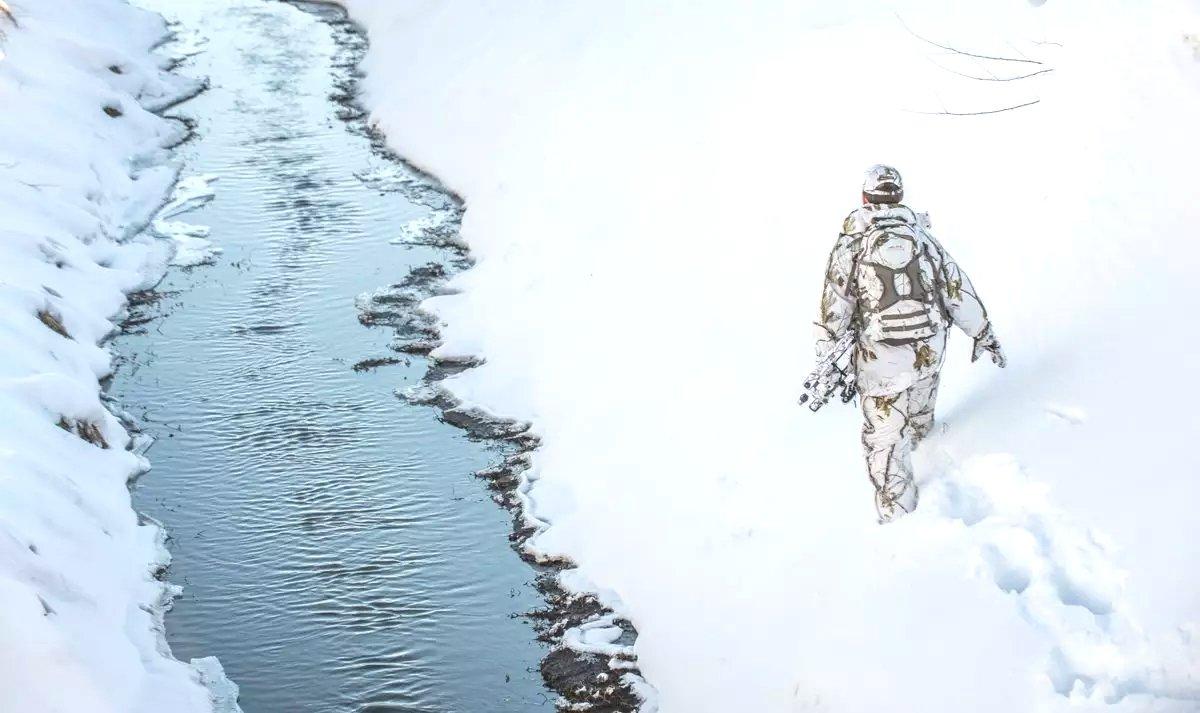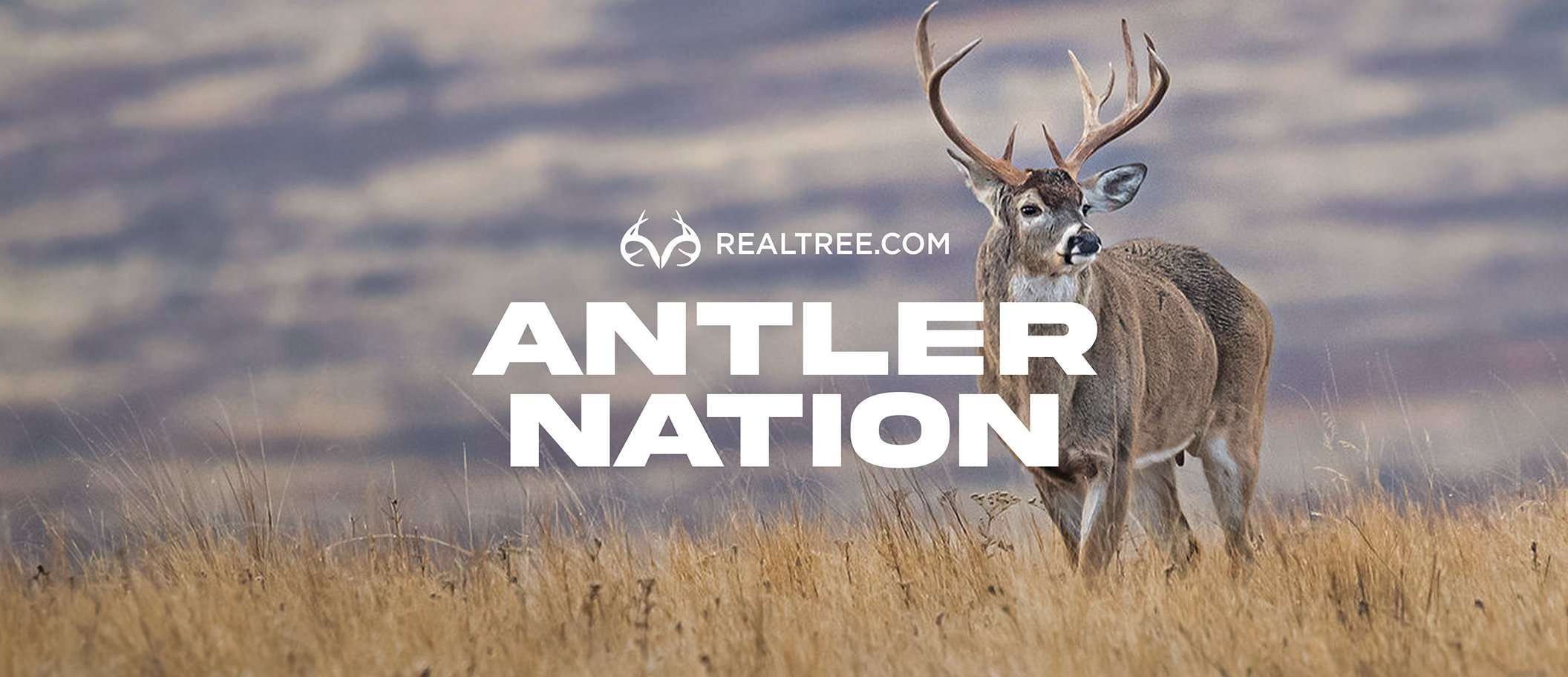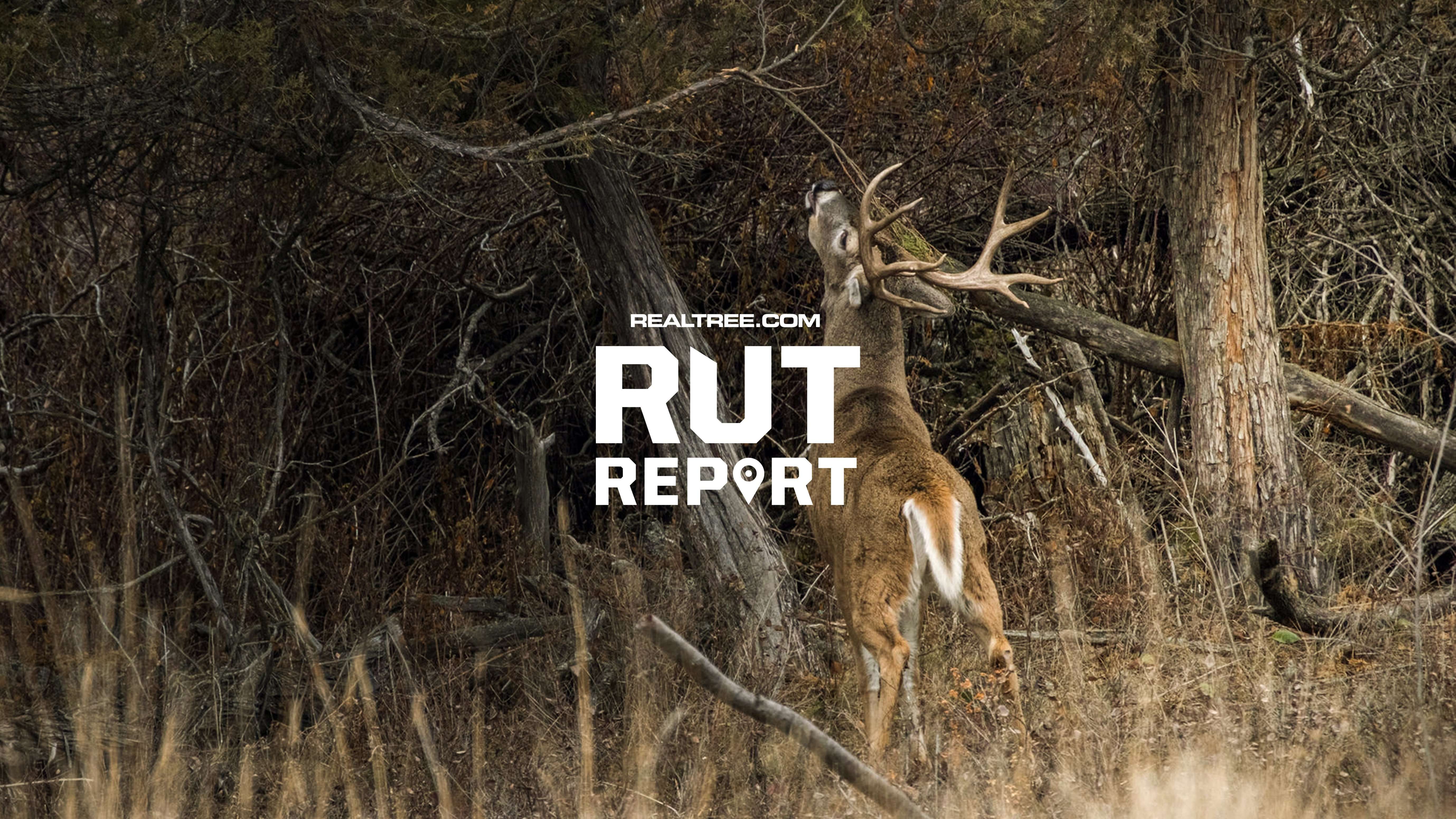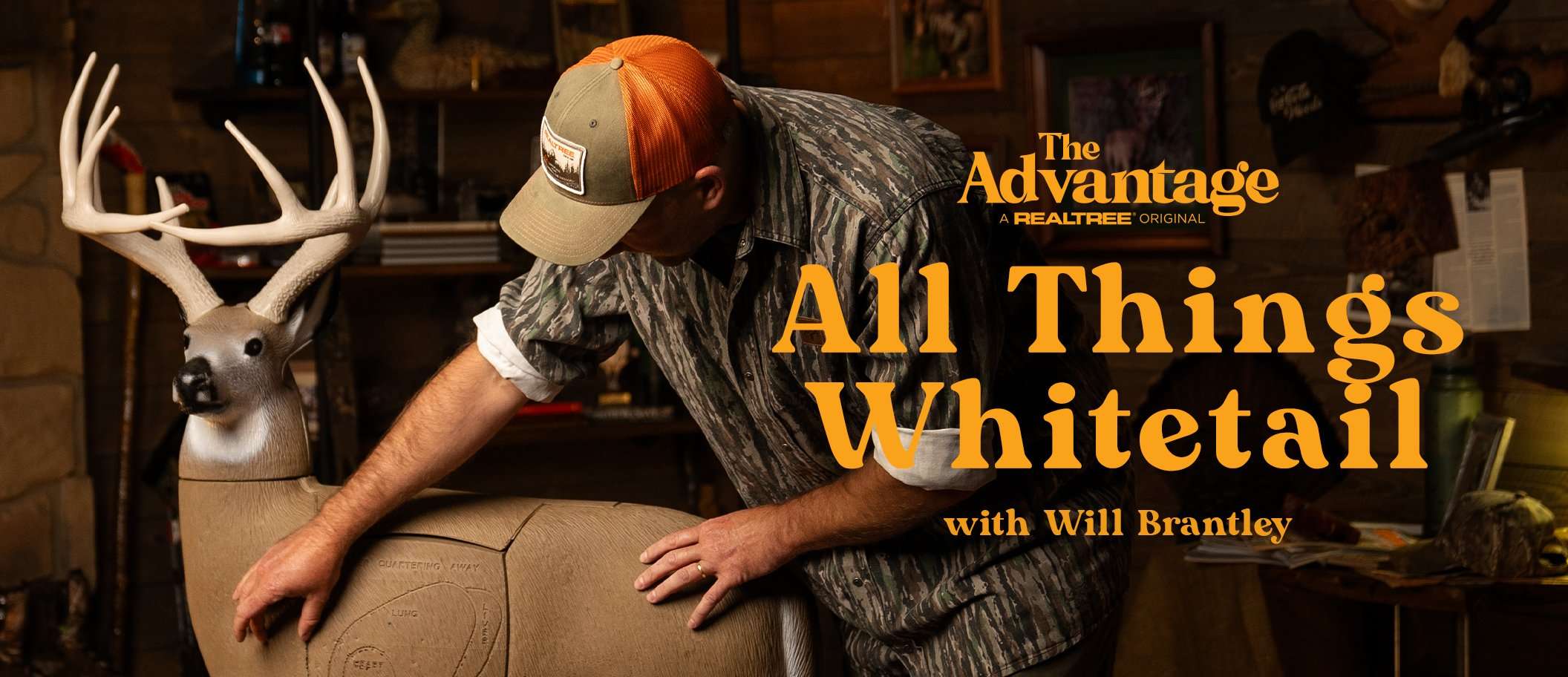Although deer move most at dawn and dusk, other environmental factors can get them on their feet during hunting hours as well

Good deer hunters should pay close attention to these specific environmental triggers that are likely to get animals up and moving. Photo by Bill Konway.
Deer hunting is a game of odds. It's also a game of decisions. Knowing when to hunt, when not to, and when the conditions are best for you are all part of the process. In my book, there are 10 times, conditions, or situations when odds become more favorable for the deer hunter. Here are those times.
1. WHEN FRONTS MOVE THROUGH
Fronts seem to get deer on their feet — especially just prior to their arrival. I've killed numerous deer (including nice bucks) right before a weather front pushed into the area. Deer can sense these things and it often spurs them to feed before the front arrives — even during daylight hours.
Don’t Miss: 20 Things to Know About Deer Body Language and Behavior
2. SIGNIFICANT TEMPERATURE SWINGS
Big temperature changes (up or down) often get deer on their feet. Checking the forecast and anticipating temperature-induced movement is a great way to fill deer tags. In my opinion, temperature drops are more effective than increases, but don't overlook rises in mercury, either. They have an effect.
3. MINOR WEATHER EVENTS
Pop-up showers and storms will encourage deer to move as well. If these minor weather events occur within the first or last few hours of daylight, it seems to have an even bigger effect on whitetails.
4. WHEN THE BAROMETER HITS 30
A lot of research suggests that deer move best when the barometer hits 30. Barometric pressure studies are somewhat conflicting, but most seem to point to the fact that deer do respond to this environmental factor.
5. WHEN THEY HAVE THE WIND ADVANTAGE
Deer, and especially mature bucks, seem to move best when they have the wind in their advantage. That doesn't necessarily mean it's in their face. But it does mean the wind direction is favorable for them in some way. That's why I hunt just-off winds anytime I can. And I've had tremendous success doing so.
This hunt was a product of minor weather events, wind advantages and minimal, early season pressure.
Don’t Miss: When is It OK to Hunt a Property Line?
6. MOON OVERHEAD/UNDERFOOT
Not to be confused with moon phase, moon position seems to greatly impact deer movement. When the moon is directly overhead or underfoot, it generally causes them to get up and feed more heavily than when the moon is at other positions. When the overhead/underfoot coincides with dawn and dusk, you have a perfect storm of deer movement.
7. EARLY MORNING AND LATE AFTERNOON
No matter what the conditions, deer move best early in the morning and late in the afternoon. That's when they're wired to move most. It's when their eyesight is most effective. And there are few things that impact this movement, other than hunting pressure.
8. OPENING DAY
Environmental and biological factors aside, there are a few other key times to be in the deer woods. The first is on opening day of the season. Sure, the anticipation, heritage and traditions have you out there more than anything. But the fact that deer aren't as pressured (yet) is pretty intriguing, too. Take advantage of that.
9. WHEN YOU WANT TO GO
If you just love to deer hunt, and a season is open, get out there and have fun with it. Don't worry about the biological, environmental and other scientific factors if your only aim is to enjoy creation. Just go when you want to.
10. WHEN YOU HAVE TIME OFF
Lastly, we know not everyone can simply go hunting when they want to. You have to go when your life and work schedules allow. That's okay, too. The most important thing — just get out there when you can, which is usually when work isn't calling. So, cash in those vacation days. Support our way of life. Share hunting with someone you know. Grow our heritage. Protect it. Pass it on.












